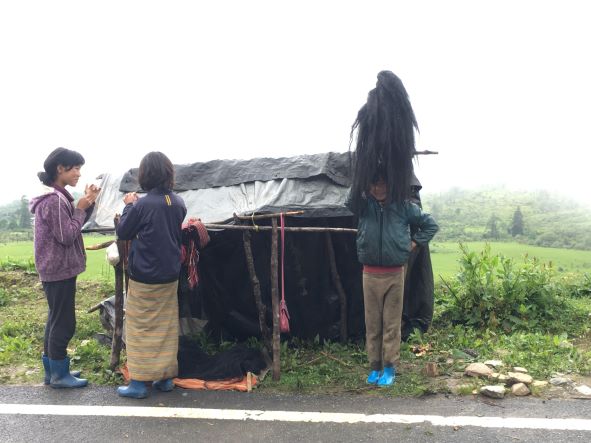Socio-economic importance of yak hair products in Bhutan
Keywords:
Annual income, labor shortage, women empowerment, yak hairAbstract
Yak milk products are gaining popularity amongst the people due to their nutritional content and health values. However, the development and promotion of yak hair products did not receive much attention despite having a huge potential to contribute to the socio-economic status of the highlanders. This study was carried out to understand the perception of herders about yak hair and its socio-economic importance to the livelihood of highlanders. The study was conducted in three districts namely Tashigang, Haa and Bumthang representing eastern, western and central regions, respectively. The data was collected using semi- structured questionnaire from 121 herders selected purposively out of 175 registered members from four cooperatives. Based on the current survey, every year herders are able to produce 1314 kg of yak hair from 6979 heads of yak. It is estimated that the current yak population of approximately 40,987 heads in the country has capacity to produce about 8MT of yak hair annually. While there is a huge potential to produce yak hairs, 99.7 percent of the herders reported that harvesting yak hair is difficult. Almost all of respondents (99 percent) reported that yak hairs are harvested once every year during the months of June to July. 92.5 % of herders are willing to harvest and make yak hair products provided the government supports them with a good market and yak processing facilities. While, 7.5 % of herders are still not confident to continue yak wool processing business owing to lack of human resources. The finding indicated that gender had a significant effect (p < 0.05) on their attitude towards venturing into producing yak wool products and marketing. More females are willing to continue with producing yak wool products compared to men. From the study, it is evident that 81% of the respondents’ highlighted challenges with labor shortage, however, there was no significant difference (p > 0.05) of labor shortage on the future of yak hair production. Besides, 12.4 % of respondents responded that their maximum income from yak fiber annually account to Nu. 10000. Capacity building of yak herders and providing yak hair harvesting, processing facilities and avenue to sell yak wool products for better returns should be the focus of the government to retain the highlanders in yak farming.

Downloads
Published
License
Copyright (c) 2022 Bhutan Journal of Animal Science

This work is licensed under a Creative Commons Attribution 4.0 International License.





